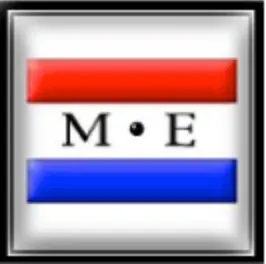How Much Evidence of Pretext Do You Need to Prevent Dismissal before Trial? Pretext “Plus” evidence of gender discrimination [or the applicable protected attribute] is not required. This was squarely addressed in Jones v. Okla. City Public Schools, 617 F.3d 1273, 1280 (10th Cir. 2010): Reeves [v. Sanderson Plumbing Products, Inc., 530 U.S. 133, 148 (2000)] expressly held that ‘a plaintiff’s prima facie case [of discrimination], combined with sufficient evidence to find that the employer’s asserted justification is false, may permit the trier of fact to conclude that the employer unlawfully discriminated.’ Id. at 148. No additional evidence is necessary to show discrimination because ‘[p]roof that the defendant’s explanation is unworthy of credence is simply one form of circumstantial evidence that is probative of intentional discrimination.’ Id. at 147.
Consistent with Reeves, our Tenth Circuit Court of Appeals has ‘definitively rejected a ‘pretext plus’ standard.’ Swackhammer v. Sprint/United Mgmt. Co., 493 F.3d 1160, 1168 (10th Cir.2007). Consequently, ‘once a plaintiff presents evidence sufficient to create a genuine factual dispute regarding the veracity of a defendant’s nondiscriminatory reason, we presume the jury could infer that the employer acted for a discriminatory reason and must deny summary judgment.’ Bryant v. Farmers Ins. Exch., 432 F.3d 1114, 1125 (10th Cir. 2005).
As the Supreme Court has reaffirmed, [p]roof that the defendant’s explanation is unworthy of credence is simply one form of circumstantial evidence that is probative of intentional discrimination, and it may be quite persuasive…. In appropriate circumstances, the trier of fact can reasonably infer from the falsity of the explanation that the employer is dissembling to cover up a discriminatory purpose.
Reeves, 530 U.S. at 147….” Plotke v. White, 405 F.3d 1092, 1104 (10 th Cir. 2005). As applied, a plaintiff’s prima facie case of discriminatory discharge, plus evidence of pretext (e.g., as noted above), permits a trier of fact to infer that an employer intentionally discriminated (by terminating the employee or causing other tangible injury to the employee).

